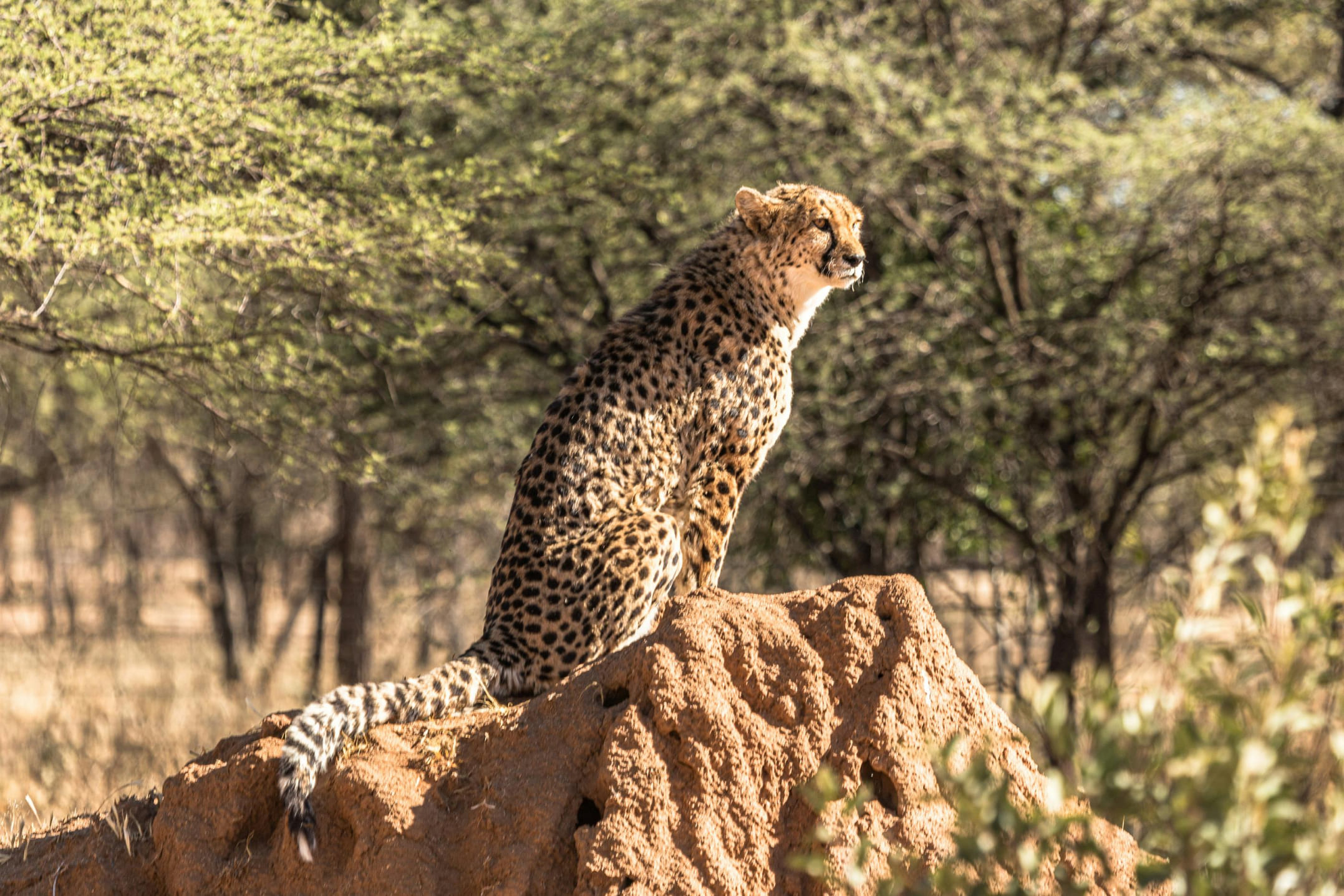Elephants are among the most iconic and majestic animals on the planet. As the largest land mammals, they are renowned for their intelligence, strong social bonds, and impressive memory. Found primarily in Africa and Asia, elephants play a vital role in their ecosystems and are often regarded as guardians of the wilderness.
Physical Characteristics
Elephants are distinguished by their massive bodies, long trunks, and large ears. Adult African elephants can weigh between 5,000 to 14,000 pounds and stand up to 13 feet tall at the shoulder. Their trunks, which are elongated noses, serve multiple purposes, including feeding, drinking, and communicating. Asian elephants are slightly smaller, with a more rounded back and smaller ears compared to their African counterparts.
Social Structure and Behavior
Elephants are highly social animals, living in family groups led by a matriarch, typically the oldest and most experienced female. These family units consist of mothers, daughters, and their young, and they often form strong bonds with one another. Elephants communicate through a range of vocalizations, body language, and even infrasound, allowing them to convey messages over long distances.
The Importance of Elephants in Ecosystems
Elephants play a crucial role in maintaining the health of their habitats. As herbivores, they contribute to vegetation management by uprooting trees and clearing pathways, which allows other plant species to thrive. Their feeding habits create water holes and grazing areas that benefit numerous other species. Additionally, elephants are known to aid in seed dispersal, promoting the growth of new plants and maintaining biodiversity.
Threats Facing Elephants
Despite their significance, elephants face numerous threats. Habitat loss due to deforestation, agriculture, and urban development is one of the most pressing issues. Poaching for ivory, meat, and skin continues to endanger their populations, particularly in Africa. Additionally, human-wildlife conflict arises as elephants venture into agricultural areas, leading to tensions between communities and wildlife.
Conservation Efforts
Conservation organizations are actively working to protect elephants and their habitats. Initiatives include anti-poaching campaigns, habitat restoration projects, and community-based conservation programs that promote coexistence between humans and elephants. Education and awareness efforts are also crucial in changing perceptions about elephants and highlighting their importance in ecosystems.
Conclusion
Elephants are extraordinary animals that embody the beauty and complexity of the natural world. As guardians of the wilderness, they hold an essential place in the ecosystems they inhabit. Protecting these magnificent creatures is vital not only for their survival but also for the health of our planet. Through dedicated conservation efforts and global awareness, we can ensure that future generations will continue to marvel at the majesty of elephants.

